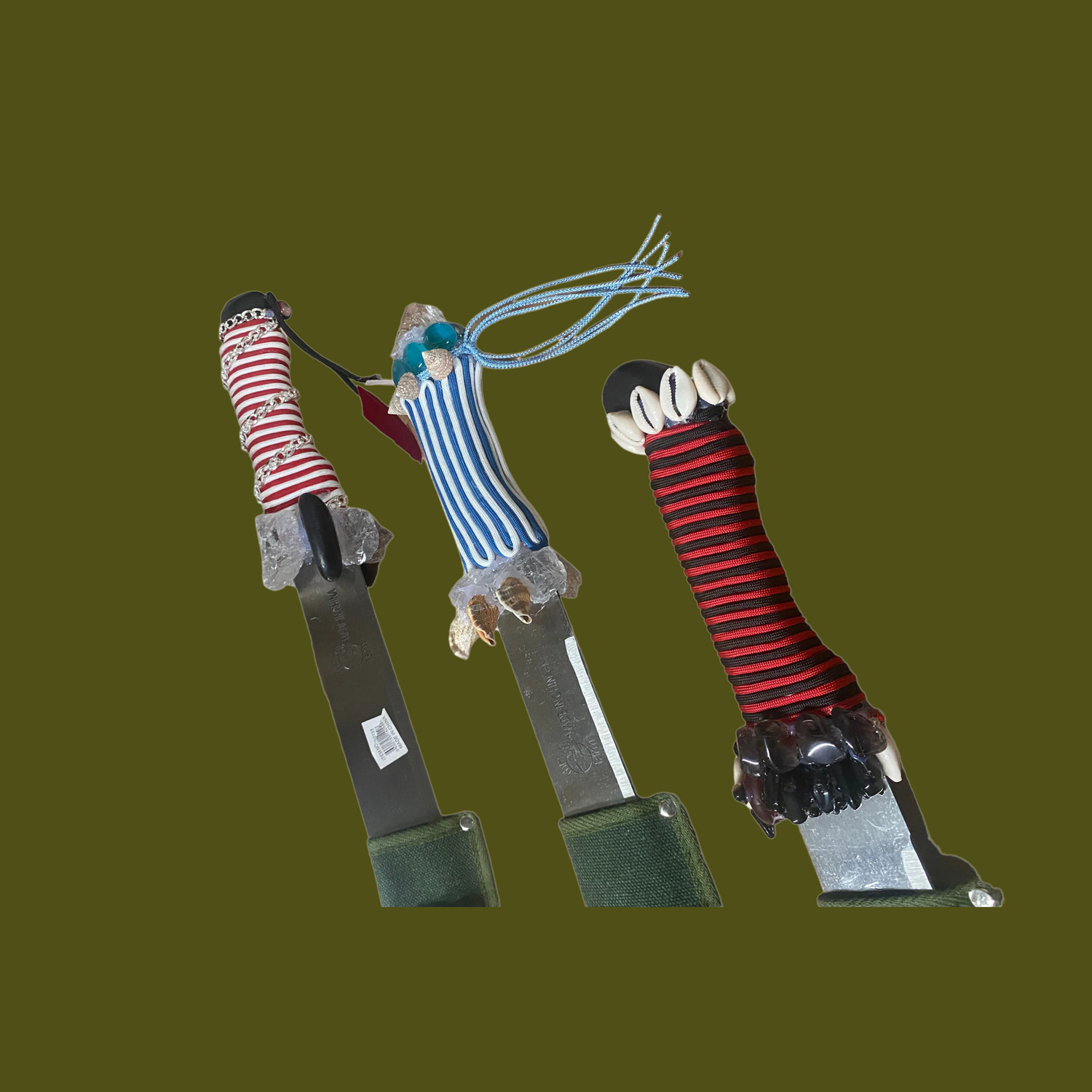

Shipping & Delivery
Here are some things to know when placing an order with us!
Processing
We are a small owned business that currently hand-makes all products to order. Due to this:
- Please allow 3-5 business days for us to process your order.
-
Please keep in mind when ordering, items are processed only during our hours of operations (M-F 9am-5pm est).
- If an order is placed after 12 pm on Thursday, it does not start being processed until Monday morning at 9 am.
- If you want to edit your order, make sure to notify us within 24 hours of placing your order.
- 718-783-8889 (Call or Text)
Shipping
- We use the United States Postal Service to ship all orders. Once your order is shipped, we are no longer in control of when your package arrives.
- You will receive a USPS tracking number with every order you place via email and/or text message.
- If you are placing an order during high traffic periods (i.e. the months of October-December or any other holiday), expect delays in shipping. Place orders well in advance to ensure the arrival of your order in time.
- International Orders
- If you are having an order shipped outside of the continental US, please note that the USPS outsources its shipping to different carriers.
- For example, if you choose DHL at checkout, you will still receive a USPS tracking number. DHL just happens to be the carrier the USPS is working with to get your package delivered.
PLEASE NOTE: The shipping time you see at checkout is different than processing time. Once your order has been placed, 3-5 business days PLUS the shipping time given at checkout should be used to calculate when you will be receiving your package.
Local Delivery (Brooklyn, Queens & Manhattan)
Please note that we offer delivery on Monday's only at this time. Cut-off for Monday delivery is the Wednesday before at 12 pm EST. If you would like to edit your order, it must be done by the previous Wednesday at 12 pm EST.
LOCAL DELIVERY means we come and hand deliver to your address. Please make sure someone is home to receive your order. Please also make sure that the number you provide is in service and one we can use to contact you.
In order to be eligible for delivery, your order must be $20 or more before tax. Orders of $100 or more (pre-tax) receive free delivery.
SHIPPING NOTE: Please make sure the shipping address you provide is a full and sufficient address. Please do not forget Apartment, Suite or Unit numbers. If your package is returned to us due to an insufficient address, you will be responsible for shipping costs needed to resend your package.
Return & Refund Policy
To be eligible for a return, your item must be in the same condition that you received it and in its original packaging.
To start a return, you can contact us at sminkgoteborg@gmail.com. If your return is accepted, we’ll send you a return shipping label, as well as instructions on how and where to send your package. Items sent back to us without first requesting a return will not be accepted.
You can always contact us for any return question by calling or texting 718-783-8889 during our operating hours (Mon.-Fri. 9am-5pm).
Damages and issues
Please inspect your order upon reception and contact us immediately (within 7 days of receiving order) if the item is defective, damaged or if you receive the wrong item, so that we can evaluate the issue and rectify the situation.
Exceptions / non-returnable items
As most of our items are spiritual, it is very important that we protect the energy and/or integrity of our products. Liquid items cannot be returned, no exceptions. This includes but is not limited to: body washes, bath waters, oils, colognes, lotions, room sprays, etc.
We also do not accept returns for bath salts, bar soaps, candles or incense of any kind.
Please get in touch if you have questions or concerns about your specific item.
Exchanges
Exchanges are allowed only for damaged goods within 7 days of receiving product.
The fastest way to ensure you get what you want is to send in proof of damaged goods to sminkgoteborg@gmail.com, along with your order number. We will contact you within 3 business days.
Refunds
We will notify you once we have received and inspected your return, and let you know if the refund was approved or not. If approved, you will be automatically refunded through your original payment method. Please remember it can take some time for your bank or credit card company to process and post the refund.



